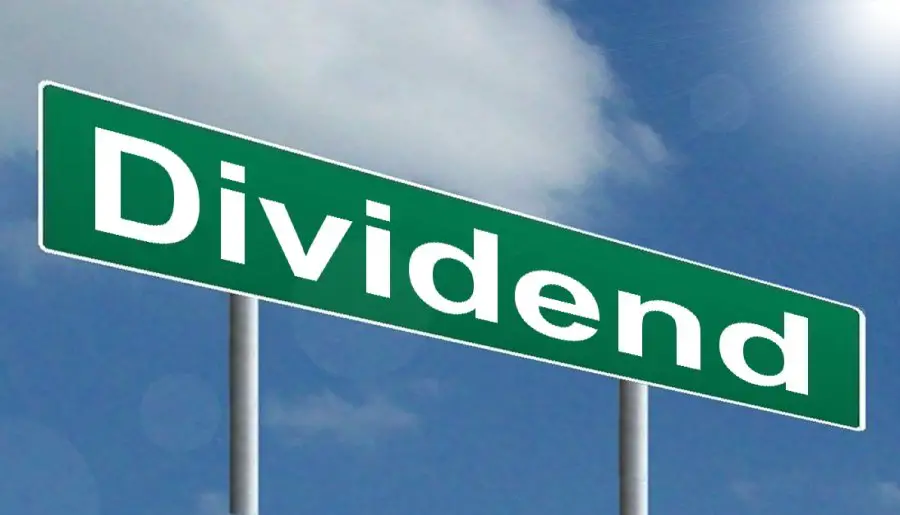Last Updated on 06/29/2021 by GS Staff
Do ETFs pay dividends?
Similar to stocks, some exchange-traded funds (ETFs) do pay dividends, while others do not. ETFs hold a collection of assets such as bonds, stock shares, futures, and currency. If an asset held in the ETF pays a dividend, such as a stock, the holder of the shares of the ETF will receive a portion of the dividend payment.
The dividend payment from an ETF depends on the number of shares of the ETF that is owned by the investor. If the investor owns all of the shares, he or she would be entitled to all of the dividends paid by the assets held in the ETF. If the investors own 5 percent of the shares, they would be issued 5 percent of dividend payment. ETFs will pay all dividends issued from the assets it holds. You do not have to worry about the managing company of the ETF holding on to a portion of the dividends.
To use the above information in an example, let’s assume an ETF holds only two stocks called ABC Corp and XYZ Corp. Assume that each of these stocks pays a quarterly dividend of $2.00 per share. Say that the ETF holds 500 shares of each company for a total of 1,000 shares between ABC and XYZ. The ETF would be paid $2,000 in dividends for the quarter ($2.00/share dividend x 1,000 total shares).
The dividend payment of $2,000 would then be issued to shareholders in the ETF based on the number of shares they own. If there were 2,000 outstanding shares in the ETF and you owned 1,000 shares, you would be paid $1,000 of the $2,000 dividend payment.
It is not uncommon for an ETF to hold a basket of stocks that all pay dividends. For efficiency purposes, an ETF does not issue a dividend every time one of these stocks pays a dividend. They typically pool the dividends and distribute them accordingly during each quarter.
Many brokers allow you to reinvest your dividends. This means that instead of issuing cash, the dividend payment is used to purchase more shares of the ETF you are holding. You should look into any fees that may be charged by your broker to have your dividends reinvested.
If you are interested in dividend-paying ETFs, Dividend.com has a list of some of the top dividend-paying ETFs (click here). You can use this as starting point to research ETFs for potential investment purposes. Remember that even dividend-paying stocks contain a risk of investment loss. Please do your research before investing and/or seek professional advice.
Image Credit: Nick Youngson

